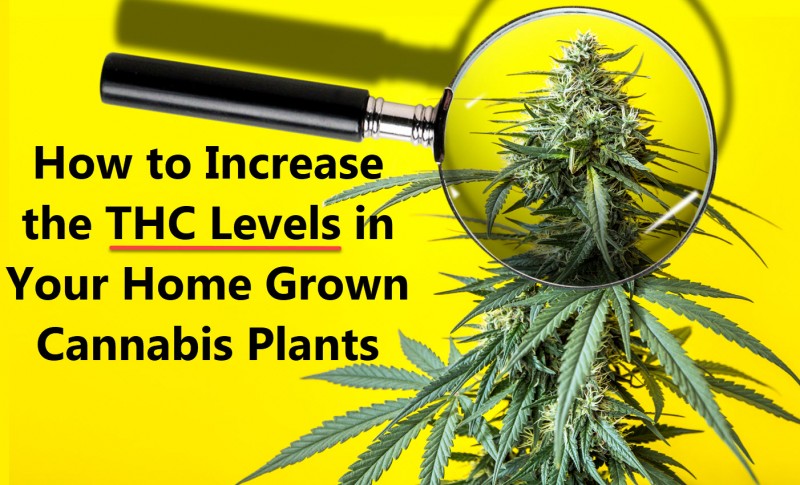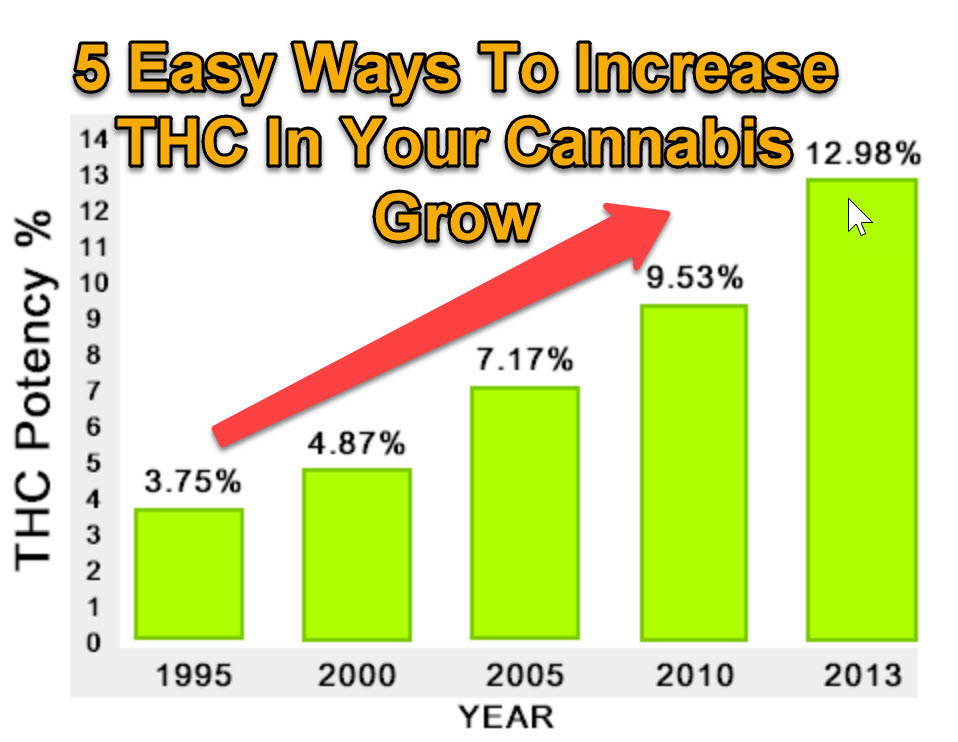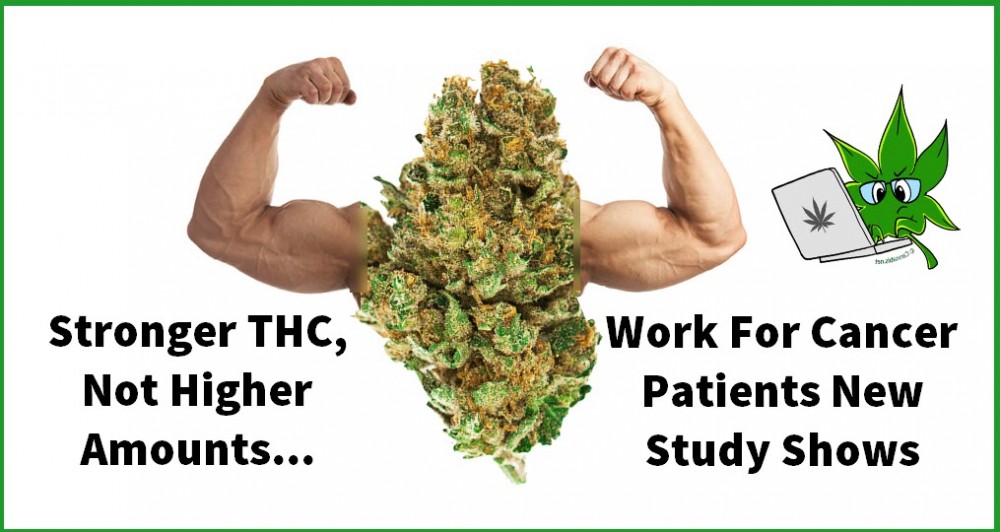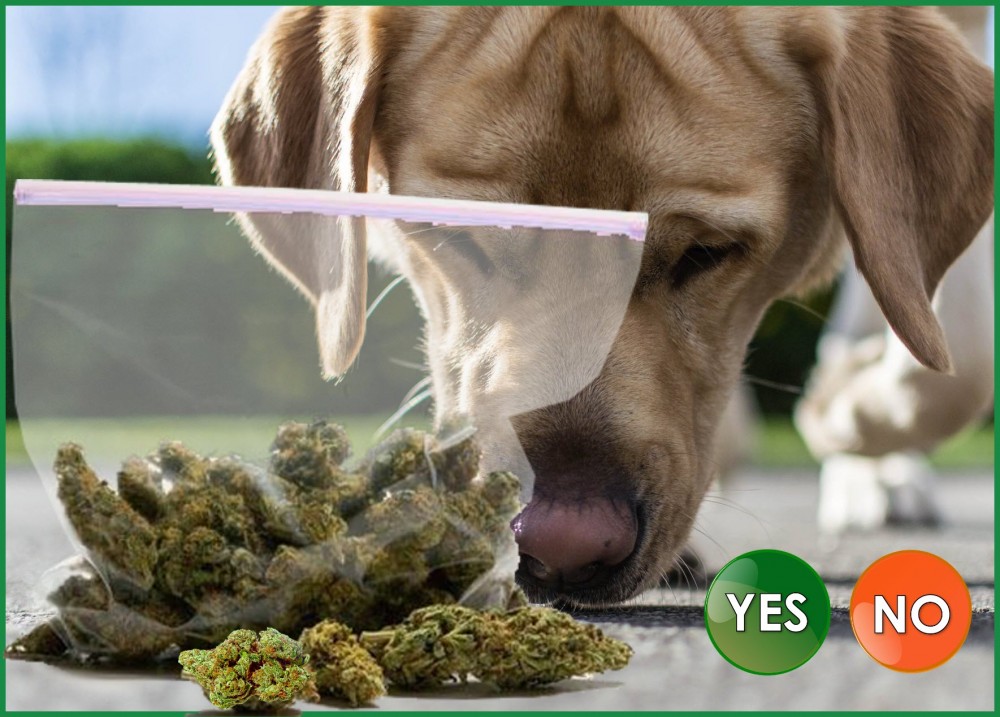Techniques to Increase THC Levels While Growing Your Own Weed
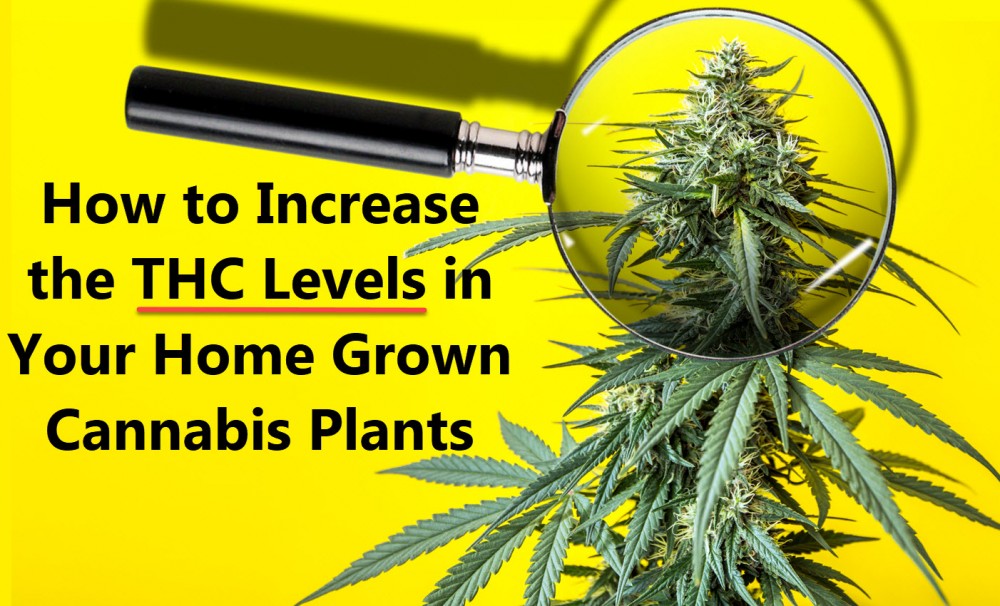
There are so many benefits to be had from increasing the THC level in your weed, a lot of cannabis cultivators do it for medicinal purposes (recent studies show that higher THC levels mean higher cannabis potency) while others opt for it for other reasons among which are:
To get that 'next level euphoric feeling'
To increase the mental effects
To boost overall yield
The weed cultivation scene has evolved completely from what it once was, the newly found legal status of weed has made it possible to canna-cultivators to explore and tap into the peaks of cannabis cultivation, with new and more effective growing techniques.
In this article, I'll take you through a couple of techniques and hacks that you can use to increase the THC level in your weed and it's a two for one special because these techniques have also been known to boost yields so read on!
Genetics - The genetic makeup of a strain is arguably the most important factor that plays a role in the level of THC such a plant can attain. If a plant isn't genetically capable of delivering high THC levels no effort and trick invested will magically make the plant get there. Genetics is the foundation upon which you build and if the foundation isn't solid there's very little that can be done. So if your aim is a weed with high THC levels you need to go for a strain capable of going the distance. A couple of strains known to deliver high THC levels include:
Chem Berry D (25-32%)
Hulk Berry (27%)
Bruce Banner BX 2.0 (25-30%)
Original Clue (24-30%)
Green Gelato (25-27%)
Opt for one of these strains and you're a step closer to achieving your goal.
Harvesting - When it comes to harvesting timing is key. Harvesting is the make or break stage of cannabis cultivation, if done too late you might be left with CBN instead of THC and if it's too soon the plant may be far away from its full glory, so when it comes to harvesting you have to time it just right. With most cannabis plants, a grower has a window of harvest that usually lasts 3 weeks. During this time the pistils of the plant change color, they're more brownish than white, and the trichomes also turn milky-white. To fully validate if your weed is ripe for harvest lookout for the following:
The Ovaries swell
Flowers become sticky
Flowers form large colas
The plant's smell intensifies
Large leaves start turning yellow
Pistils become curled
If you can see observe all this then one thing is for sure, your weed is at peak stage for harvest and all weed harvested then will be richly loaded with THC.
Health - The saying 'health is wealth' doesn't just apply to humans the same can be said of plants as well. It will be funny for a cultivator who doesn't keep his/her herbs healthy to expect anything great from such a plant. If you want the good stuff you got to be ready to put in the work required. To ensure your plant is at the level of health required be sure to avoid rookie mistakes like over/under watering, irregular lighting, inadequate nutrients supply and so on. During cultivation be attentive to your plants, look out for any changes that might signify poor health and work to correct whatever the cause is. One of the most significant signs of poor health is yellow leaves. So if your plants leaves are turning yellow monitor them closely as this could be a sign of inadequate nutrients supply, irregular ph of the soil or heat stress, figure out the cause and work out a solution quickly because if not handled properly and on time it can ruin your yield.
Lighting - The importance of adequate lighting to the yield and potency of a cannabis plant cannot be overemphasized. Adequate lighting is especially important during the plant's vegetative stage and flowering stage where it requires 18 and 12 hours of light respectively. There are several options for lighting systems, they include:
Fluorescent Grow Lights - This a common lighting system used by growers worldwide. It is very cheap to use and doesn't require much electricity. It provides a moderate light spectrum and can be good for regular cannabis cultivation but when your goal is plants with high THC levels it's not ideal.
High-Intensity Discharge Lights - They are also common lighting systems used in cannabis cultivation. They are more effective than the fluorescent lighting system but also a bit more expensive. They include:
Metal Halide (MH)
High-Pressure Sodium (HPS)
Light Emitting Ceramic lights.
LED Lights - This is another common lighting system employed by cultivators. The ease of its use is one of the major reasons why a lot of growers prefer it. Although with this lighting system it's advisable you maintain a healthy distance between the LED lights and your plants.
The Curing Process - This is a process that causes divide among experts. Some believe it to be a very efficient way to boost cannabinoids' intensity and potency while some don't share that conviction. It basically involves placing adequately dried cannabis leaves in airtight jars for a couple of days. The dried lla.ts are to be placed in airtight jars which should be opened frequently for the first couple of days to attain the right level of humidity (60-65%) after which you only need to open the jar at least once a day. Curing is believed to improve potency and the quality of cannabis for about 6 months.
Bottom line
THC is an integral part of cannabis and researchers and experts will always work on ways to improve and increase its level on the cannabis plant especially now that the world is becoming aware of the numerous benefits it has. If you know of any other awesome techniques or tips that can be used to elevate the THC levels of weed feel free to share in the comment section below! The community is all about learning and that is a journey that never ends.
GET HIGHER THC LEVELS, READ MORE HERE..
5 EASY WAYS TO INCREASE YOU THC YIELDS IN MARIJUANA PLANTS.
OR..
STRONGER THC NEEDED FOR CANCER, NOT MORE OF IT, READ HERE.

